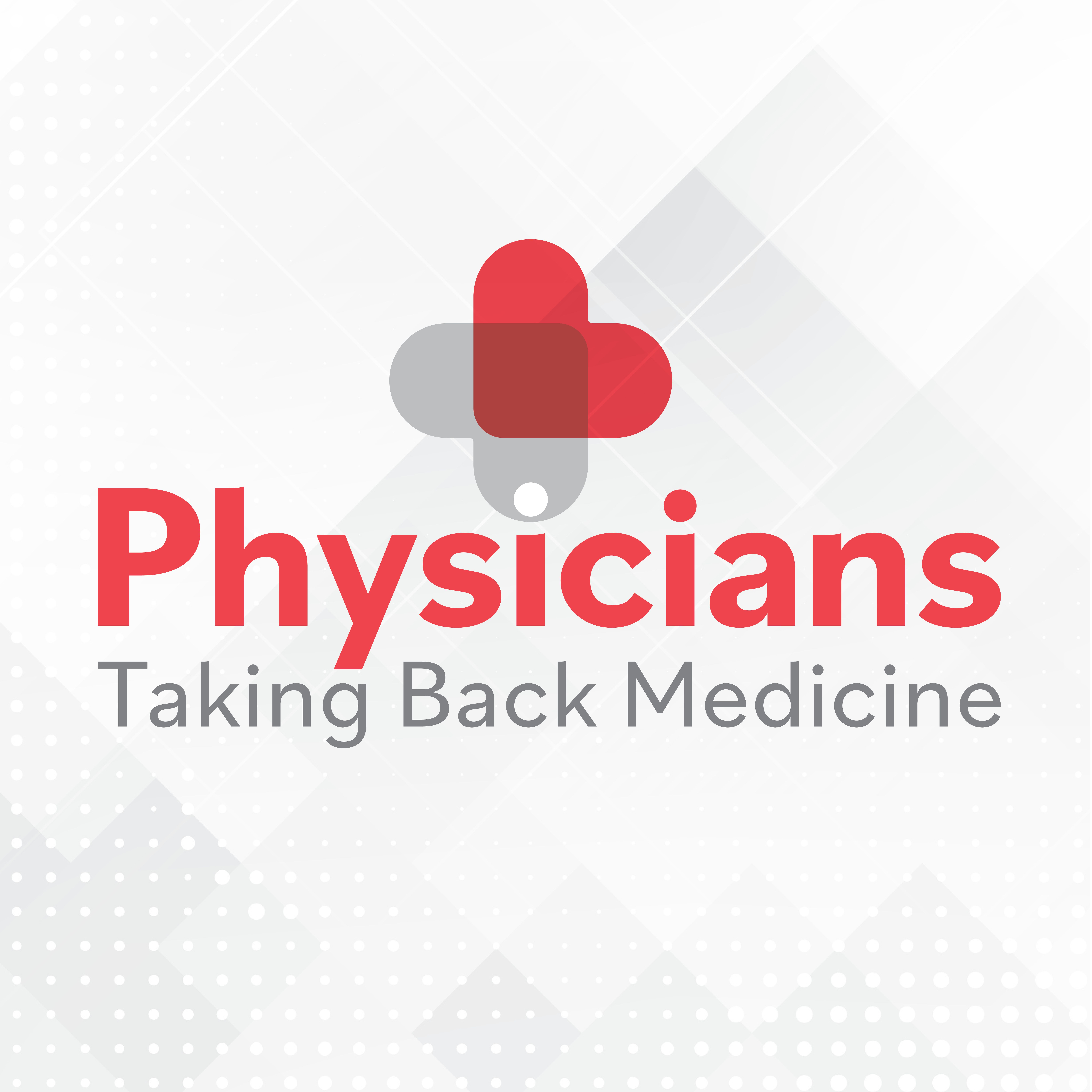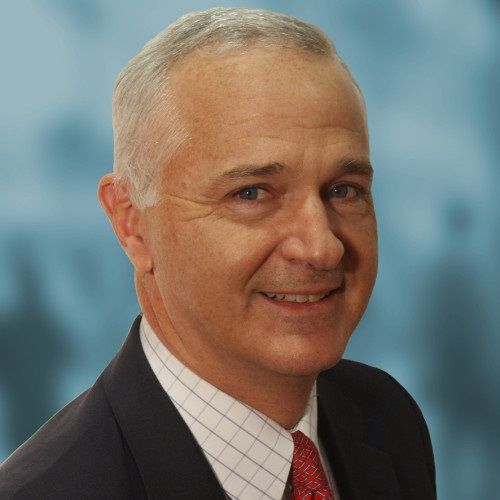News
Article
Educational, medical debt tops $150B a year for health care workers
Author(s):
Study examines costs that build up when health care workers go to school or get sick.
© lashkhidzetim - stock.adobe.com

Physicians aren’t the only health care workers carrying educational debt.
A new study estimated total educational and medical debt among American health care workers. The costs: $134.4 billion a year for school and $19.8 billion a year for health care.
“U.S. health care workers are more likely than other workers to carry medical and educational debt, collectively owing more than $150 billion,” authors Kathryn E.W. Himmelstein, MD, MSEd, and Alexander C. Tsai, MD, said in the study. “We found that medical debt was more prevalent among women, home health and nursing home personnel, uninsured individuals, and those with recent hospitalization. Educational debts disproportionately burdened Black workers and younger workers and those with higher education.”
By the numbers
Previous research has focused primarily on student loan debt of doctors. In the more recent study, physicians’ mean educational debt was the single largest amount at $33,141. Registered nurses had mean educational debt of $11,939, with other workers, ranging from phlebotomists to janitors, had mean educational debt of $10,613, and nursing aides and assistants carrying mean educational debt of $5,430. For all health care workers, the mean educational debt level was $10,642.
By education level, those with graduate degrees had the second-largest mean educational debt at $30,678. Men tended to carry more educational debt than women ($12,550 vs. $10,056), but women far outnumbered men in the health care workforce (76.5% vs 23.5%).
Educational debt tended to decline as workers aged and presumably paid off their student loans. For health care workers aged 44 years or younger, the mean educational debt was $14,246. Those aged 45 to 64 years had debt of $6,887, while those aged 65 years or older had $1,296.
Effects on health care
The authors noted educational and medical debts have serious consequences across health care.
“Educational and medical debts are associated with adverse health outcomes and may limit workers’ professional mobility; reduce workforce diversity; and discourage personnel from entering lower-paying fields, e.g., public health or primary care,” the study said. “Health care workers indebted to their employers may be less able to address patient safety concerns or protect themselves from workplace abuses.”
Medical workers don’t necessarily get grace periods for repayment. The authors said “reports have highlighted hospitals’ aggressive debt collection actions, including suing their own employees.”
“Medical and Educational Indebtedness Among US Health Care Workers” was published in JAMA Health Forum. The dollar amounts are in 2021 dollars, and the researchers examined figures from the 2018-2021 Survey of Income and Program Participation, a national household survey.





